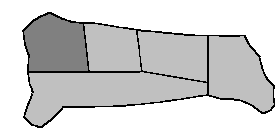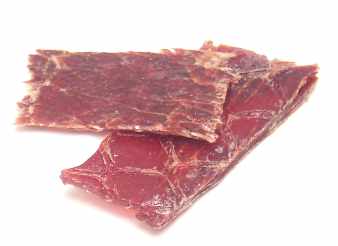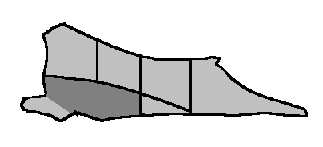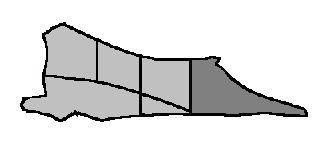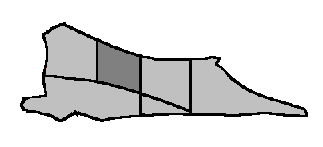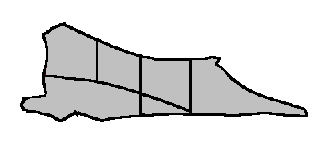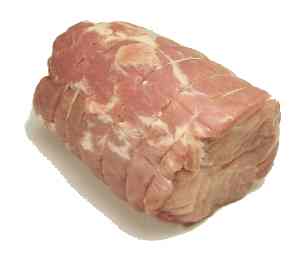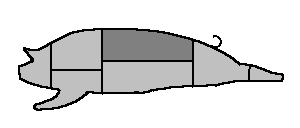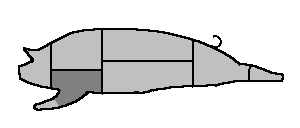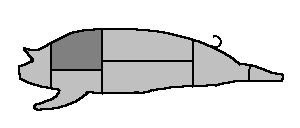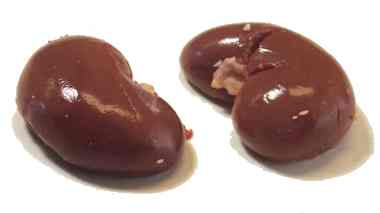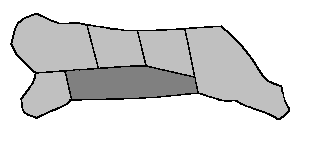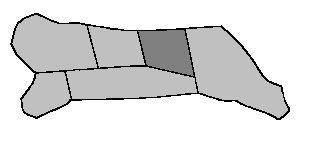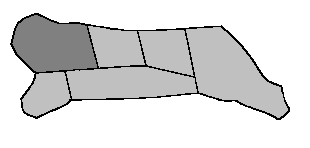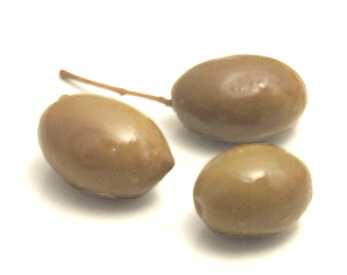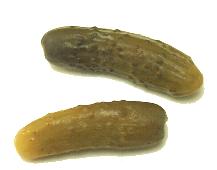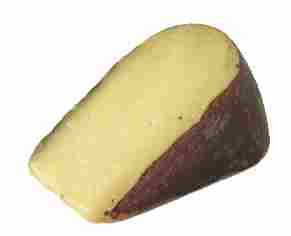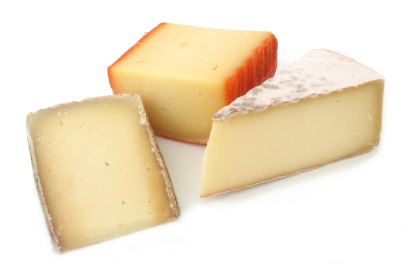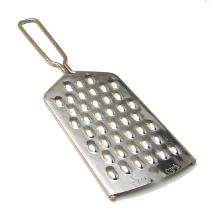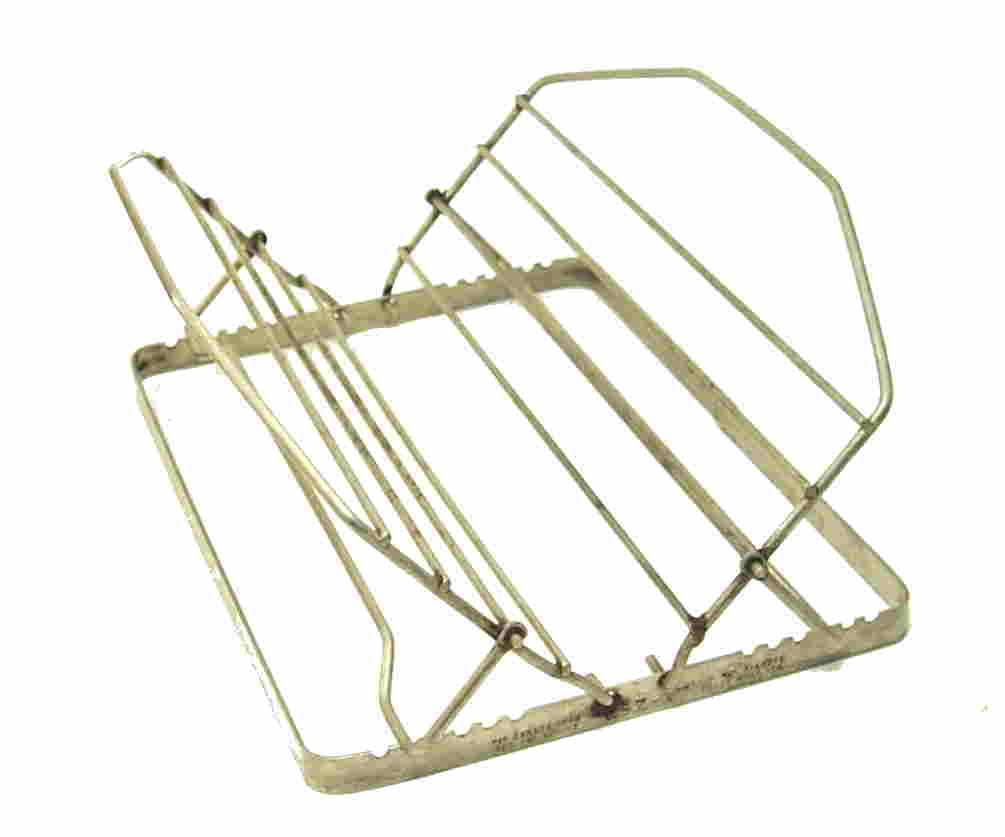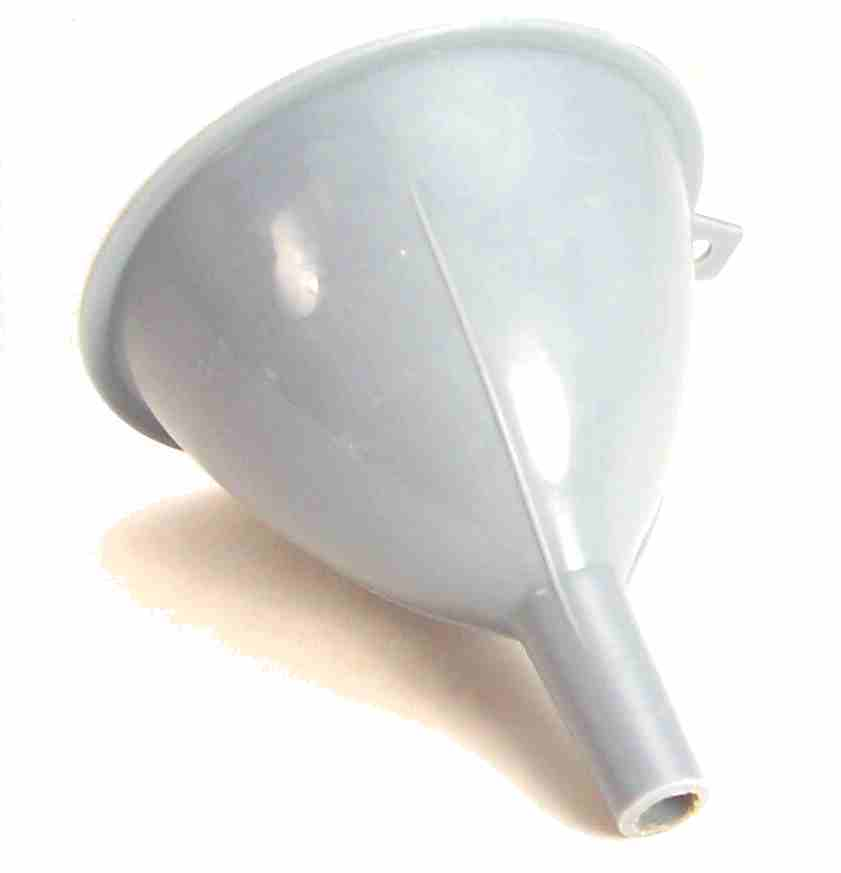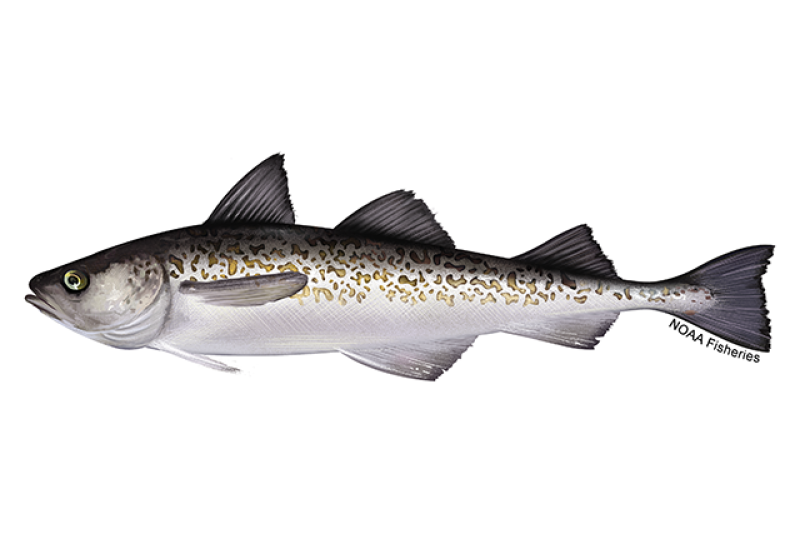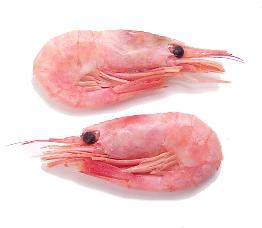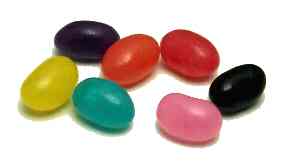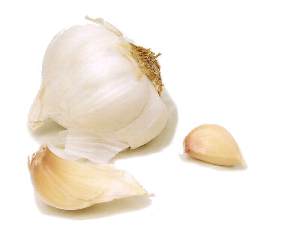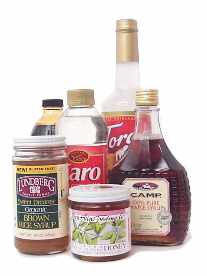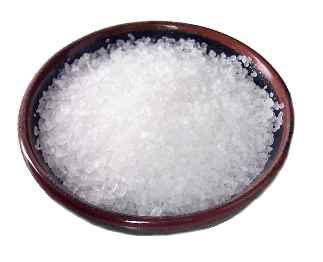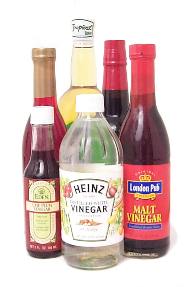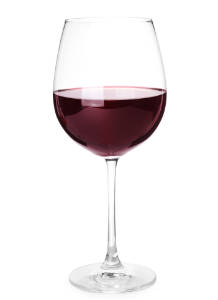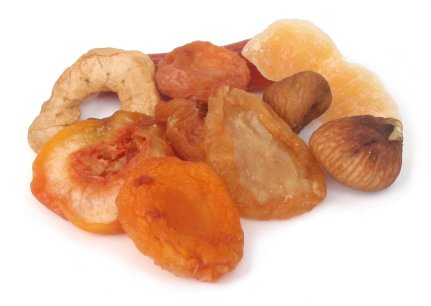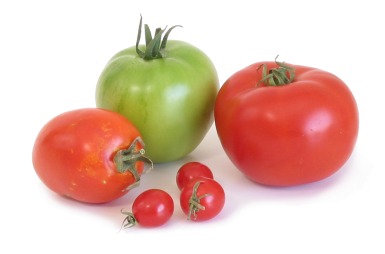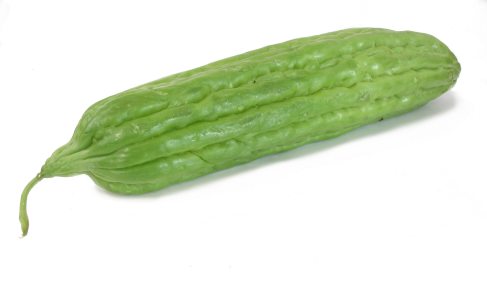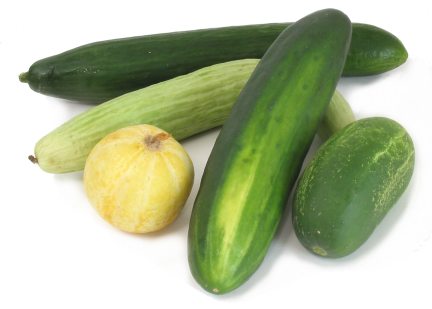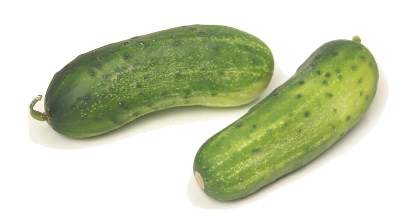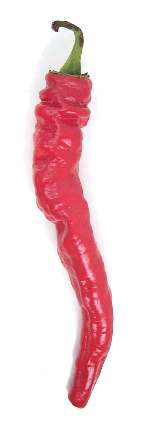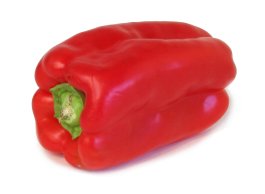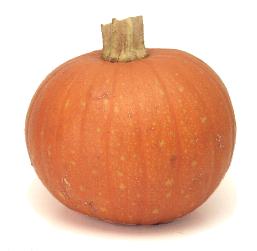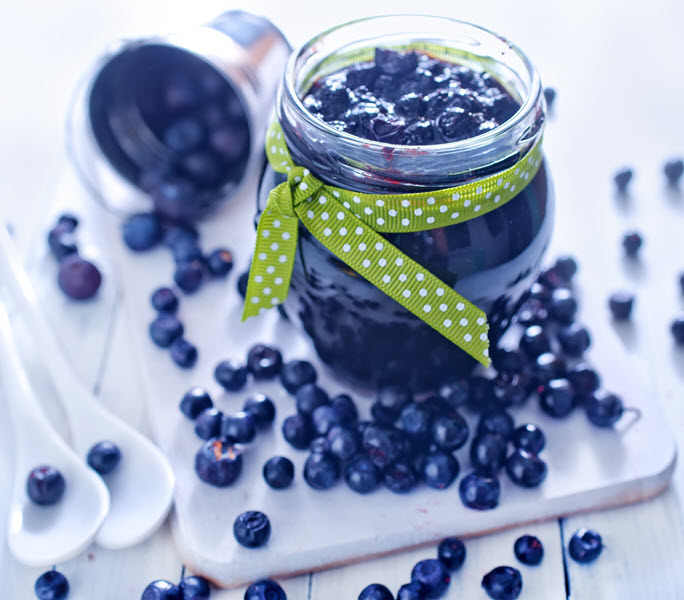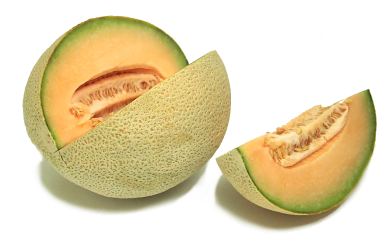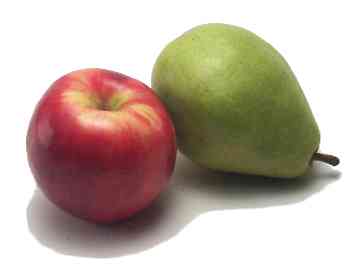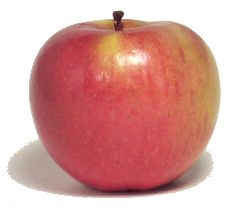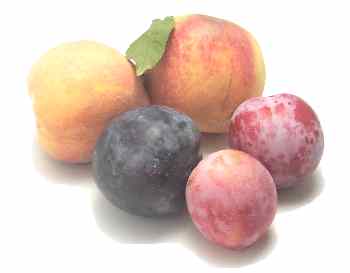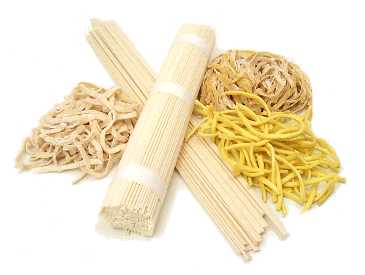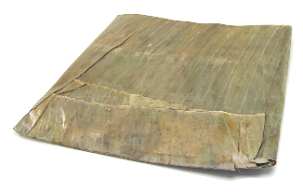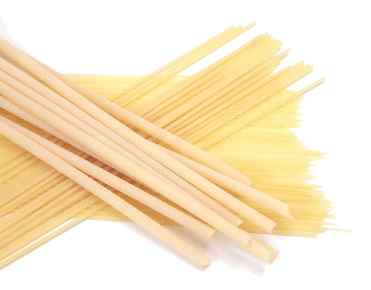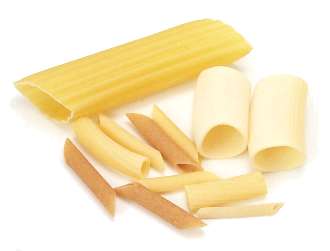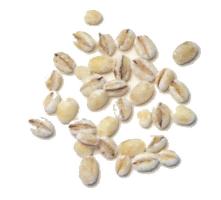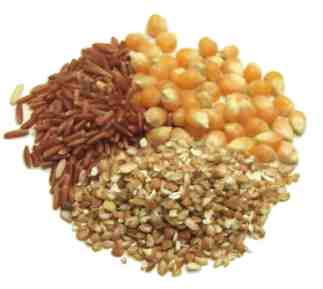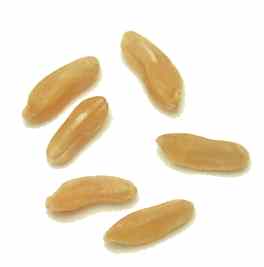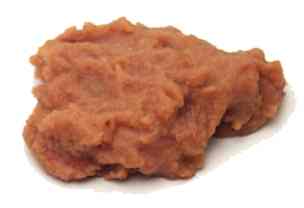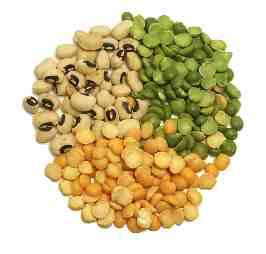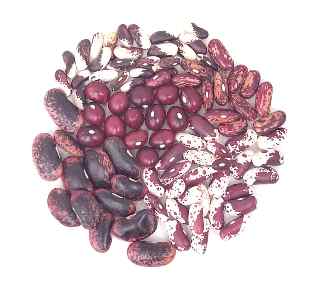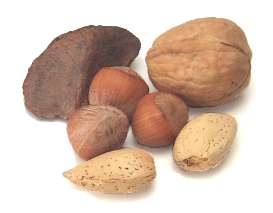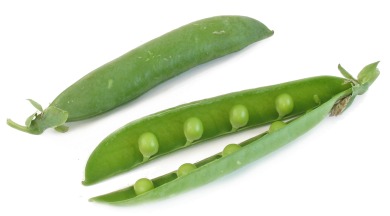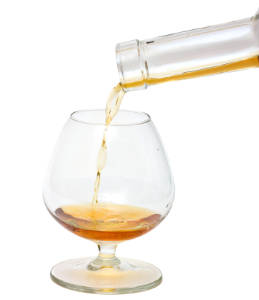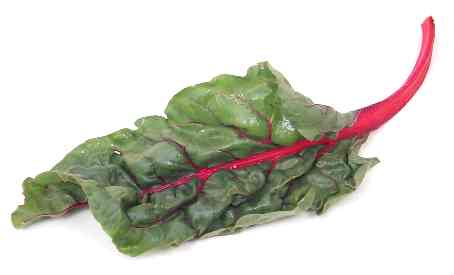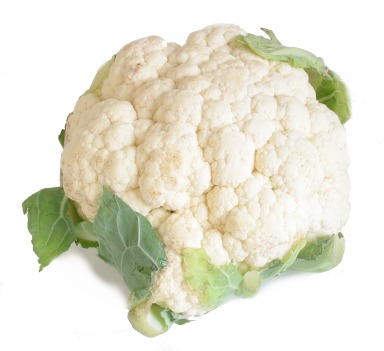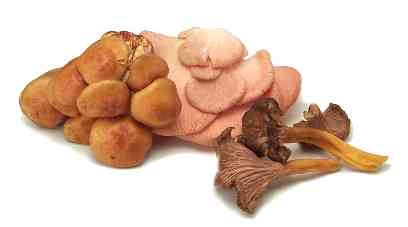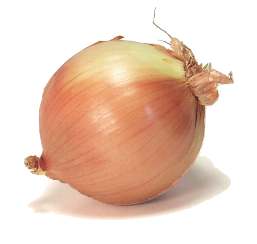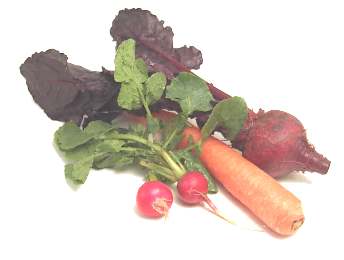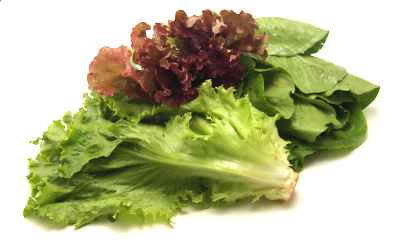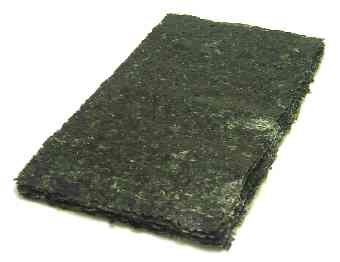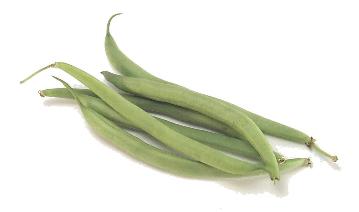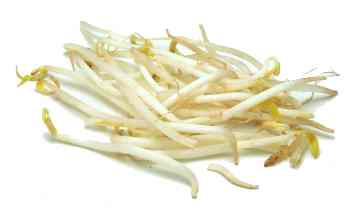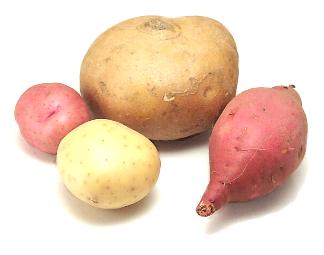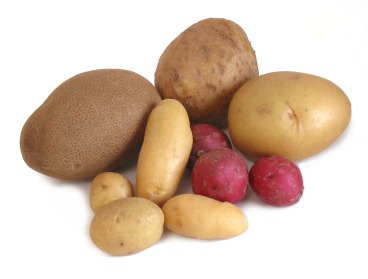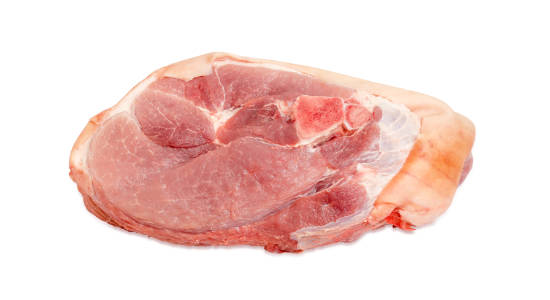Meats Category
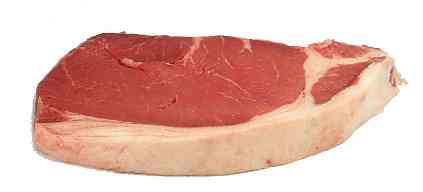
Canadian bacon
Canadian bacon tastes like ham and is much leaner than American bacon. It's made from pork loin that's been smoked and cured. Note that Irish bacon is also sometimes called back bacon.
Learn morecanned ham
These are boneless hams that are sealed in a can and then cooked. They're not as flavorful as other kinds of ham, and they have a higher moisture content, which makes them more perishable. Store the unopened can in the refrigerator until you're ready to use it, and use leftovers within a week.
Learn morecarne seca
This is a Hispanic (or in the case of tasajo, Caribbean) version of beef jerky that involves soaking strips of meat in a spicy marinade, and then drying it in the sun, in a smoker, or in an oven.
Learn morechaurice
This spicy pork sausage is used in jambalaya and other Creole and Cajun dishes. It's available either in links or patties, but it's hard to find outside of Louisiana.
Learn morechicken
Chicken is a relatively lean and inexpensive meat, so it's a culinary workhorse. Broiler-fryers = fryers = broilers are between 2 1/2 and 5 pounds, and can be broiled, roasted, or fried. They're not good for stewing. Stewing chickens are tougher and best used, as their name suggests, in stews and soups. Capons are castrated male chickens that are large (between 5 and 10 pounds) and tender, and have relatively more white meat. They're great for roasting.
Learn moreChinese ham
This category includes the well-regarded Yunnan ham = Xuanwei ham. Chinese hams are dry-cured and resemble American country hams.
Learn morechipolata sausage
This spicy pork sausage is used in jambalaya and other Creole and Cajun dishes. It's available either in links or patties, but it's hard to find outside of Louisiana.
Learn morechipped beef
These are thin slices of salty dried beef that are usually sold in jars. During World War II, chipped beef was commonly served in a cream sauce on toast. Called "shit on a shingle," it was a dish that managed to taste awful despite its high levels of fat and sodium. Now that we enjoy a higher standard of living, chipped beef has thankfully fallen into relative obscurity.
Learn morechorizo, Mexican
This is fresh pork mixed with lots of spices. Don't confuse Mexican chorizo, which needs to be cooked, with Spanish chorizo, which is dry-cured. To make your own: See the Homemade Chorizo recipe posted on RecipeSource.com.
Learn morechorizo, Spanish
Don't confuse Mexican chorizo, which is moist and needs to be cooked, with the Spanish version, which is dry-cured and ready-to-eat. Spanish chorizo is made from pork, and it's very hot and spicy.
Learn morechourico
This is a heavily seasoned Portuguese pork sausage. Look for it in Portuguese markets.
Learn morecity ham
This is America's most popular ham, the kind that's pink, moist, and sweet. Fresh hams are soaked in brine (or injected with it) and then boiled or lightly smoked. Boneless hams = boned hams are easier to carve, but they're not as flavorful or attractive as bone-in hams. A good compromise is to buy a bone-in spiral-sliced ham, which combines good flavor and convenience, or a ham steak (pictured at right). City hams usually come fully cooked (check the label), but most people reheat them before serving.
Learn morecold cuts
These are precooked sausages or meat loaves that are usually served cold in sandwiches or on party trays. You can buy them already sliced in vacuum packs, or have them sliced to order at a deli counter. Most cold cuts are high in fat and sodium.
Learn morecorned beef
This is cut from a beef brisket that's been cured with salt and spices and then simmered in water. It's traditionally served hot on rye bread.
Learn moreCornish game hen
This are very small, tender chickens. Varieties include Rock Cornish game hens = Rock Cornish hens, which are a cross between Cornish and Plymouth Rock chickens.
Learn morecotechino
This is a mild and fatty Italian pork sausage. The links should be pierced before cooking to allow some of the fat to drain out.
Learn morecountry ham
These are made by rubbing salt over a fresh ham and then hanging it out to dry. They're often smoked as well. They tend to be salty, but gourmets often prefer them over city hams. You cook them either by simmering them in water or frying them. Some people soak them in water first to leech out some of the salt. Mold often forms on country hams, but it's harmless and should simply be scrubbed off. Country hams are common in the Southeast; elsewhere you can get them by mail order, or at Chinese markets. Varieties include Virginia ham and Smithfield ham.
Learn morecsabai
This is a Hungarian smoked sausage that's heavily seasoned with paprika. Rings of it are sold in German delis.
Learn moreculatello
This expensive, dry-cured red ham hails from Parma. It's usually sliced paper-thin and served like prosciutto. It's hard to find in the United States.
Learn moreCumberland sausage
This British pork sausage is usually displayed in markets as a long coil, and it's sold by the length rather than by the link. It's often baked in the oven with cabbage and potatoes.
Learn moreDenver ribs
This includes seven or eight ribs from the breast. These can be braised, but they're more often marinated and grilled.
Learn moredeviled ham
This is a dip or sandwich spread made with chopped ham, sour cream, and various seasonings.
Learn moredried meat
Many dried meats don't need refrigeration, so they're great for backpackers and travelers. They're a good source of protein, but they tend to be high in sodium.
Learn moreduck
This fatty bird makes a divine roast, but it's hard to cook without setting off the smoke alarm. It helps to pour off the fat while it's roasting. Wild ducks are less fatty than store-bought ducks. A young duck, called a duckling = young duckling = broiler duckling = fryer duckling = roaster duckling, is more tender than an old duck = mature duck. High-fat meats like duck generally should be cooked at a higher temperature and for a longer time than low-fat meats.
Learn moreemu
Emus are Australia's answer to the ostrich. Like ostriches, they're low in fat and taste like beef.
Learn morefatback
This is a slab of fat that runs along the back of a pig. You can render it into lard, cut it into barding strips to wrap around lean roasts, or use it to line terrine or pâté pans. It you're cutting it into sheets, it helps to put it in the freezer first until it's firm. It's also sometimes cured like bacon. It's hard to find, ask your butcher.
Learn morefoie gras entier
This pricey French delicacy is simply goose or duck liver that's been lightly cooked. When aged, it becomes very rich and flavorful. Goose livers are tastier and more expensive than duck livers. Some people refuse to eat foie gras because the animals are force-fed to enlarge their livers.
Learn morefree-range chicken
Tastier and more humanely raised, but tougher and more expensive. Cuts include halves = splits, which are broiler-fryers cut in half; breast halves = breast splits; breast quarters, which include the breast, wing, and back; drumsticks, which are the part of leg below the knee; drummettes, which are the meatiest wing section; and leg quarters, which include the drumstick and thigh. Cut-up chickens are broiler-fryers that are cut up and packaged with two breast halves, two thighs, two drumsticks, and two wings.
Learn moreFrench andouille sausage
This is a French sausage made of tripe that has waned in popularity over the years as people have come to afford better cuts of meat. When formed into smaller links, it's called andouillette.
Learn morefresh pork leg
This makes a great roast for a large crowd. It's usually cured as ham, so you might have to special-order it to get it fresh. It's sold either boneless or bone-in, and either whole or halved. The bottom half is called the shank portion = shank roast = leg roast, while the upper is called a top leg roast = inside roast = butt portion = pork leg butt = fresh ham butt = pork leg roast sirloin portion. A steak cut from the leg is called a fresh pork leg steak.
Learn morefresh pork leg steak
This is a steak cut from the middle of a fresh pork leg. It's economical, but a bit tough, so you might want to marinate it before grilling or broiling it. You can also slice it into strips and stir-fry them.
Learn morefrog
The French love frog's legs, but it's hard for some of us to get past the eerie resemblance between a frog's anatomy and our own. Fresh frog's legs are easy to find in Chinese markets, but they only show up sporadically in other markets. If you can't find them fresh, frozen frog's legs are an acceptable substitute.
Learn moregelbwurst
This pork and veal sausage is very mild and fine-grained. The name means "yellow sausage" in German, but that refers to the color of the casing rather than cream-colored sausage itself. You can put it into sandwiches or pan-fry it. It's called "diet bologna" in Germany since it's relatively low in fat.
Learn moregiblets
These are the bird's heart, liver, and gizzard, and usually come in a package tucked inside the abdominal cavity of a packaged whole bird.
Learn moregoat
Goat meat is widely consumed in North Africa and the Middle East, but many Americans have never tasted it. It's quite lean, and if cooked correctly, it can be surprisingly good. As with sheep, the best meat comes from a young animal, or a baby goat = kid = capretto = cabrito. Meat from older goats is tougher, like mutton.
Learn moregoetta
This is Cincinnati's answer to scrapple. It's a mixture of pork, beef, and oatmeal, and it's usually fried.
Learn moregoose
Europeans traditionally roast these for their Christmas dinners. The meat is dark and fatty, and more like fat-clad beef than chicken. Young goslings are the priciest, and the most tender. Wild goose is tougher and has a much stronger flavor than a domesticated goose. If the recipe calls for cut-up goose meat, consider using the dark meat from a turkey or chicken. High-fat meats like goose should be cooked at a higher temperature and for a longer time than low-fat meats. If roasting, consider removing the breast meat after it gets to 135 or 140 degrees, and then continuing to cook the thighs to a temperature of 165 or so. Frozen goose is a good substitute for fresh.
Learn more
